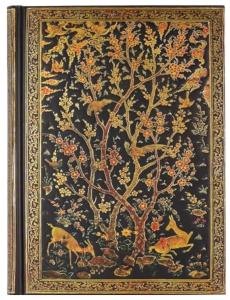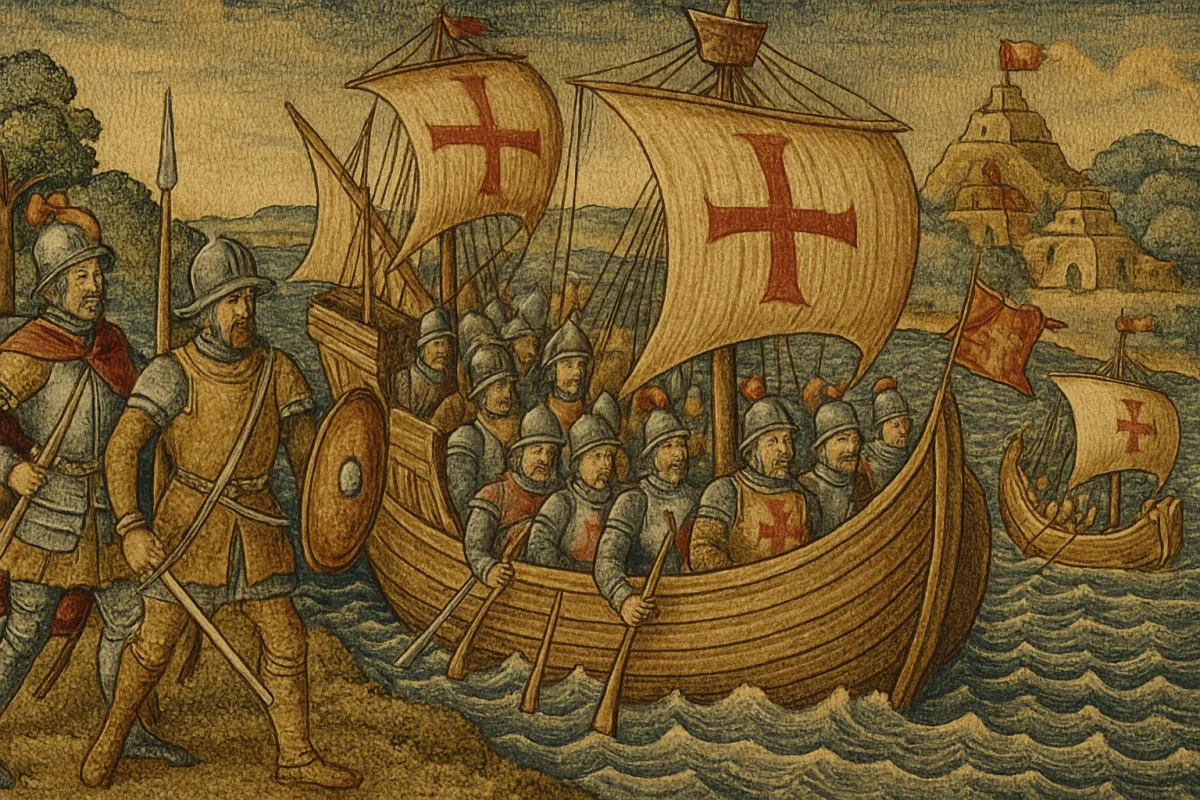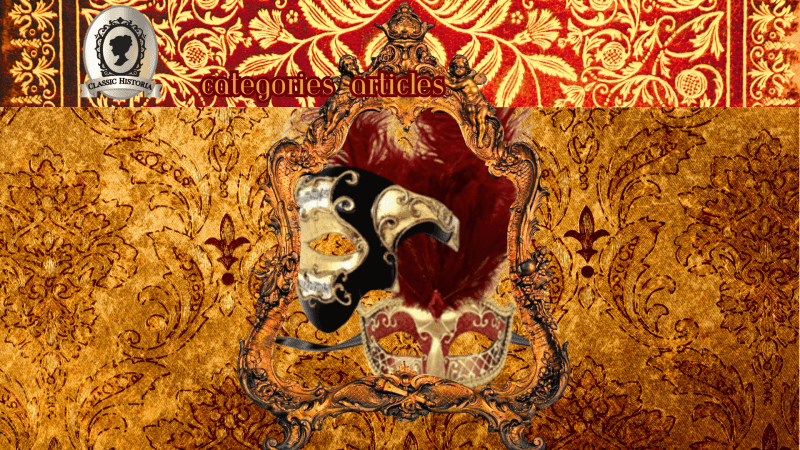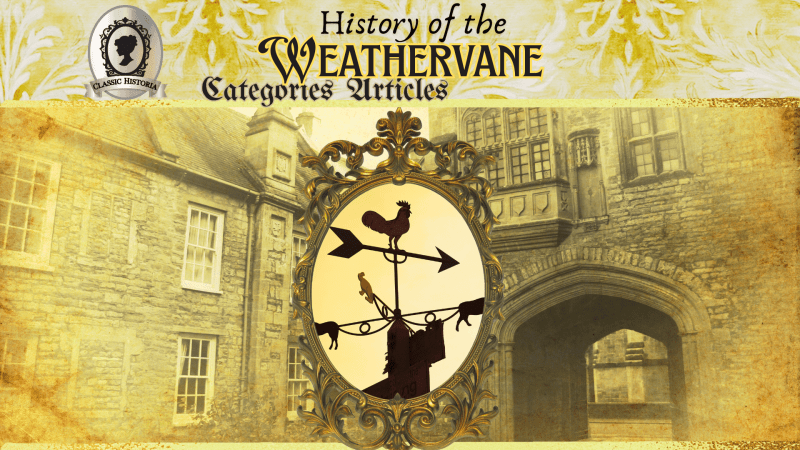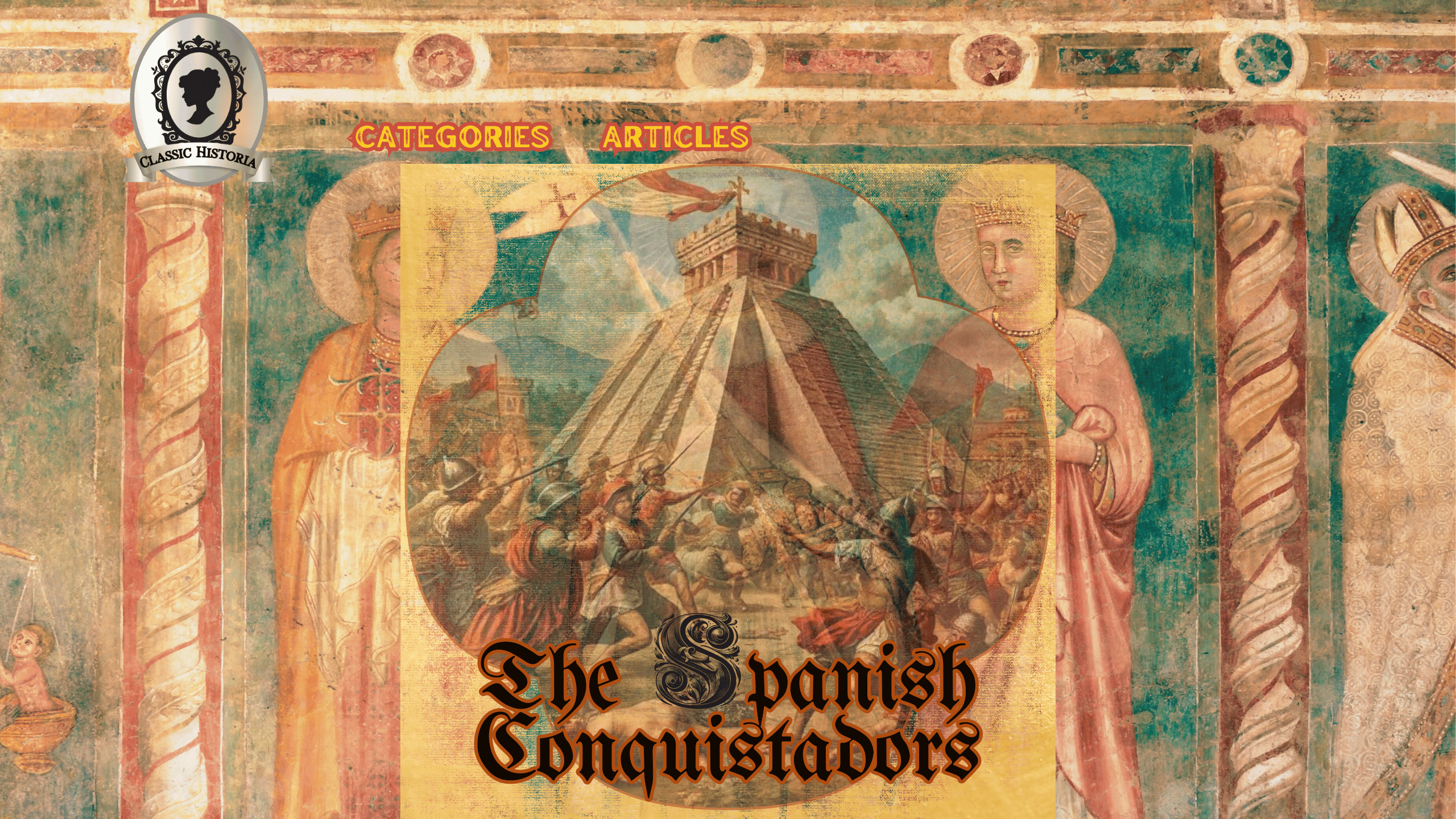
Classic Historia may receive a commission on purchases made through Amazon and eBay affiliate links at no additional cost to you.
Few chapters in world history are as dramatic and controversial as the era of the Spanish Conquistadors. These explorers-turned-conquerors ventured across the Atlantic Ocean in pursuit of wealth, glory, and faith, forever changing the course of human history. From the conquest of powerful empires to the cultural and demographic shifts that followed, the legacy of the conquistadors is one of both achievement and establishment.
The Call of Gold, Glory, and God
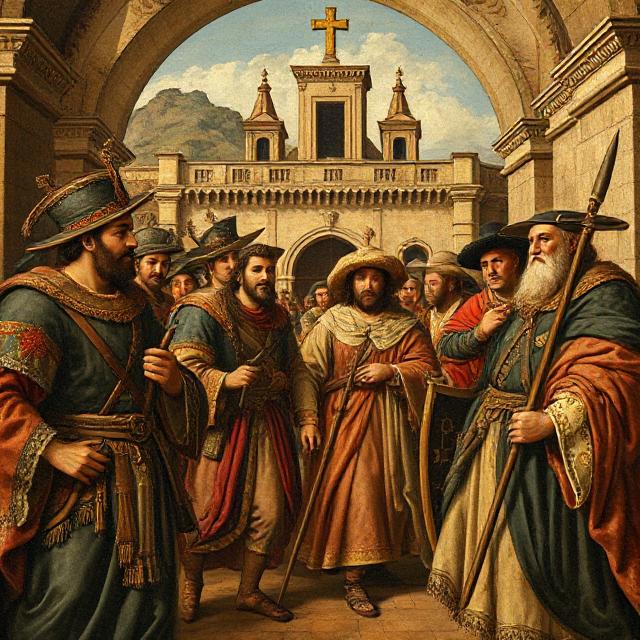
The Age of Exploration, fueled by Spain’s imperial ambitions, marked a period of relentless voyages into uncharted territories. The conquistadors, who were often soldiers or adventurers by trade, were driven by a combination of personal ambition, national competition, and religious zeal. The Spanish Crown promised wealth and titles for those who claimed new lands in its name, while Catholic missionaries sought to spread Catholicism and convert indigenous populations. The Americas, rich in resources and mystery, became the ultimate prize.
Key Conquistadors and Their Expeditions
Two names loom large in the history of Spanish conquest in the New World—Hernán Cortés and Francisco Pizarro. Their campaigns against the Aztec and Inca civilizations are both astonishing feats of military strategy and harrowing tales of attainment.
Hernán Cortés and the Fall of the Aztec Empire
Hernán Cortés arrived in present-day Mexico in 1519 with a small force of several hundred men. Despite being vastly outnumbered, he managed to forge alliances with indigenous groups discontented with Aztec rule. Cortés’s ability to exploit these divisions, combined with superior weaponry and horses, allowed him to overthrow the mighty Aztec Empire by 1521. The capture of its capital, Tenochtitlán (now Mexico City), not only marked a turning point in the European colonization of the Americas but also led to the collapse of one of the most sophisticated civilizations of the time.
Cortés's conquest of the Aztec Empire had a lasting impact on both European and indigenous societies. The wealth and resources acquired from the Aztecs greatly benefited Spain, leading to increased colonization efforts in the region. This also brought about cultural exchanges between Europe and the Americas, influencing art, religion, and language.
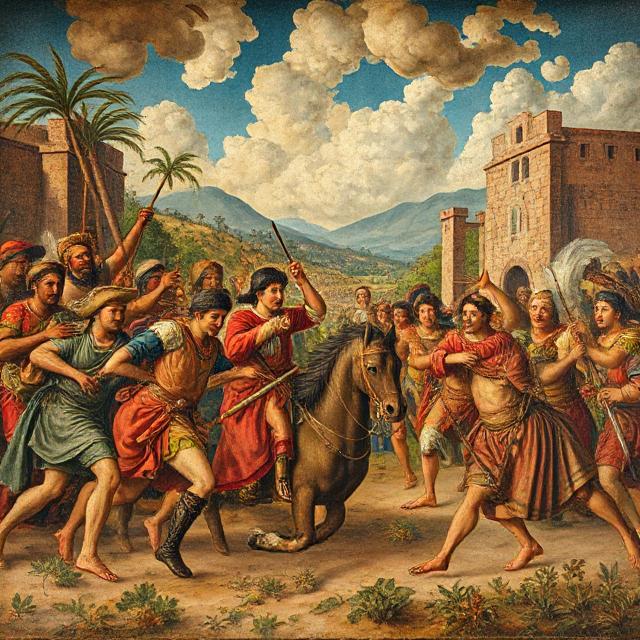
Francisco Pizarro and the Conquest of the Incas
Inspired by Cortés’s success, Francisco Pizarro set his sights on the wealthy Inca Empire in South America. Landing in present-day Peru in 1532, Pizarro faced an empire already weakened by civil war and smallpox, which had been introduced by Europeans. Using deception and brutal tactics, he captured the emperor Atahualpa, demanded a massive ransom of gold and silver, and had him executed despite receiving the riches. By 1533, Pizarro had seized the capital city of Cusco and effectively dismantled the once-thriving empire.
The Legacy of Francisco Pizarro
Pizarro's conquest of the Inca Empire had a lasting impact on both European and South American history.
The Spread of Spanish Influence in South America
With the fall of the Inca Empire, Spain gained control over vast territories and resources in South America. This led to further exploration and colonization by other Spanish conquistadors, resulting in the establishment of various Spanish colonies throughout the continent. These colonies would later become modern-day countries such as Peru, Ecuador, Bolivia, and Chile.
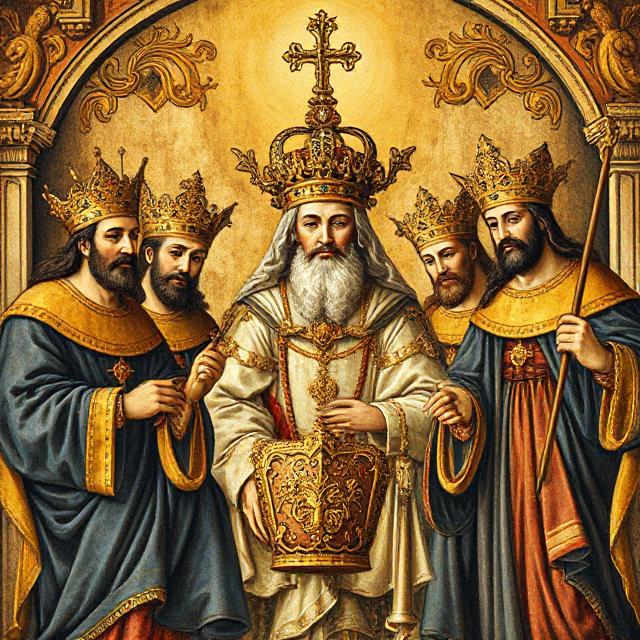
The spread of Spanish influence also brought about significant cultural changes in South America. The native populations were forced to adopt Catholicism and abandon their traditional beliefs and practices.
The consequences of the Spanish conquest were catastrophic for the native populations of the Americas. Advanced societies like the Aztecs and Incas, with their elaborate systems of governance, religion, and culture, were obliterated within a few short years. The conquistadors introduced new weapons, diseases, and social hierarchies, leading to the deaths of millions through violence, forced labor, and epidemics.
Long-Term Consequences and Debates
The exploits of the Spanish conquistadors ushered in an era of global interconnectedness. Precious metals from the Americas enriched Europe, fueling the rise of mercantile economies and later capitalism. The Catholic Church expanded its influence, and knowledge of the New World reshaped European science, cartography, and worldviews.
However, the moral and ethical questions surrounding the Spanish conquest remain intensely debated. Were the conquistadors heroes of exploration or agents of oppression? Their actions undeniably paved the way for the modern world but at a devastating human cost. This balance between achievement and destruction continues to make the conquistadors a fascinating and polarizing topic.
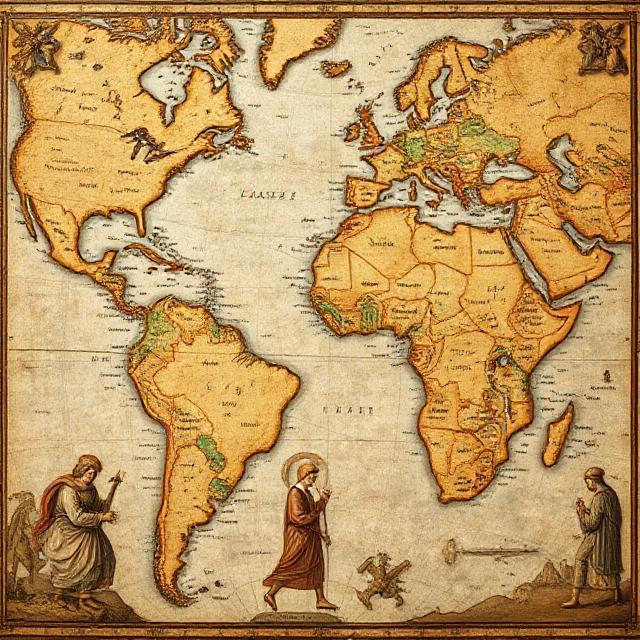
Interesting Facts
- Francisco Pizarro founded the city of Lima, Peru, in 1535, solidifying Spanish presence along the Pacific coast of South America.
- Lima soon became the capital of Spanish Peru, serving as the political and administrative center for Spain’s colonial empire in the region.
- The Age of Exploration marked a turning point in history by linking Europe, Africa, Asia, and the Americas, opening new routes for trade and travel.
- It fostered the exchange of plants, animals, goods, and ideas between continents, dramatically reshaping cultures and economies around the world.
- The Spanish Conquistadors were at the heart of the Age of Exploration, pioneering voyages that led to the widespread Spanish conquest of the New World and forever changed indigenous civilizations.
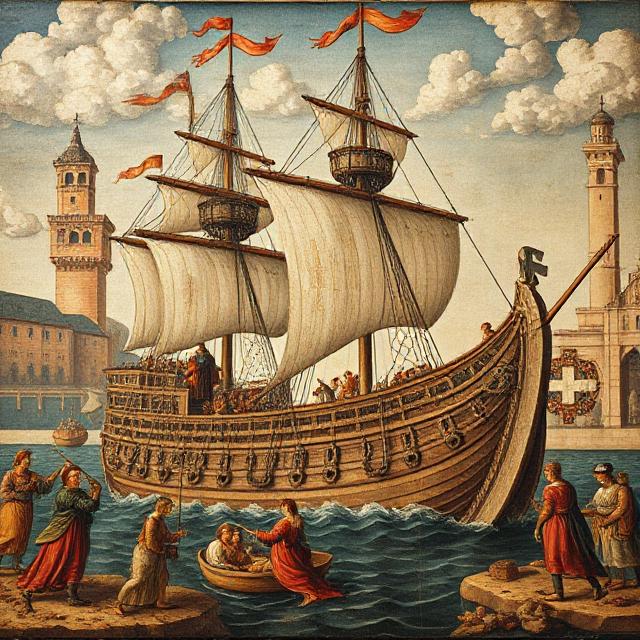
- Hernán Cortés’s legendary expedition to Tenochtitlán led to the fall of the powerful Aztec Empire, paving the way for Spanish colonization of the Americas.
- After the conquest of the Aztec capital, the Spanish established Mexico City in 1521 atop the ruins of Tenochtitlán. It quickly became the most important colonial hub in New Spain, serving as the seat of Spanish power, culture, and administration in the Americas.
- Francisco Pizarro orchestrated the conquest of the Inca Empire, capturing Atahualpa in Cusco using just a small force, an event that signaled the collapse of the Inca’s sophisticated society.
- Pizarro and Cortés were actually second cousins, both playing pivotal roles in the history of the Americas. Their bloodline linked two of the most renowned conquerors, one defeating the Inca Empire and the other bringing down the Aztec Empire.
- Gold and silver looted from the Americas fueled the gold and silver trade, causing massive economic changes across Europe and sparking the Columbian Exchange.
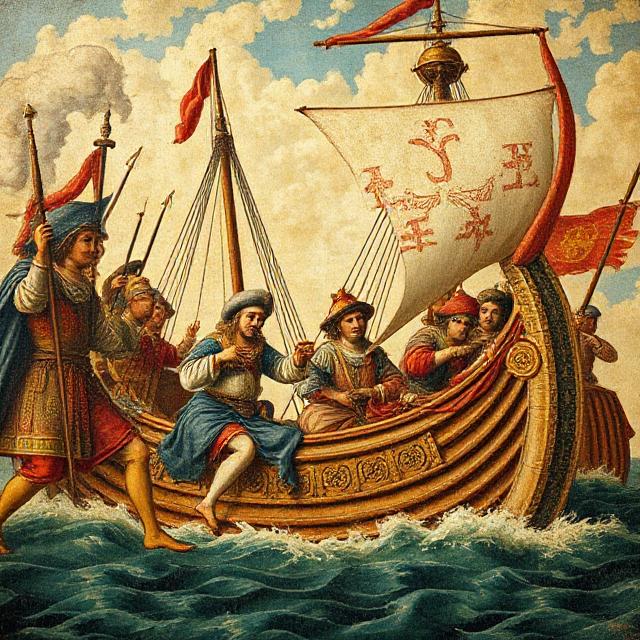
- The arrival of the Spanish brought about the introduction of European livestock and crops, and new foods like tomatoes, potatoes, and cacao to Europe, highlighting the global impact of the Columbian Exchange.
- The Spanish Crown rewarded many conquistadors with land and indigenous labor under the encomienda system, a form of exploitation that led to the suffering and decline of native populations.
- Diseases such as smallpox, introduced by Europeans, caused smallpox epidemics that devastated indigenous communities, having a far more devastating effect than Spanish weaponry.

- Catholic missionaries accompanied the conquistadors to spread religious beliefs, leading to the spread of Catholicism and contributing to cultural assimilation and the disappearance of indigenous belief systems.
- The Spanish established Monterey in 1770 as the capital of Alta California, marking it as an important administrative and military center in the region. Nearby Carmel was chosen as the site for Mission San Carlos Borromeo, one of the earliest and most significant missions in California’s history. These settlements became vital hubs for Spanish colonial governance, culture, and the spread of Christianity throughout the coastal territories.
- During the 16th century, approximately 240,000 Spaniards made their way to American ports, marking a significant wave of migration. By the end of that century, the immense flow of gold and silver from the Americas accounted for about one-fifth of Spain’s total national budget. This influx of wealth from the New World played a crucial role in shaping Spain’s power and influence in early modern Europe.
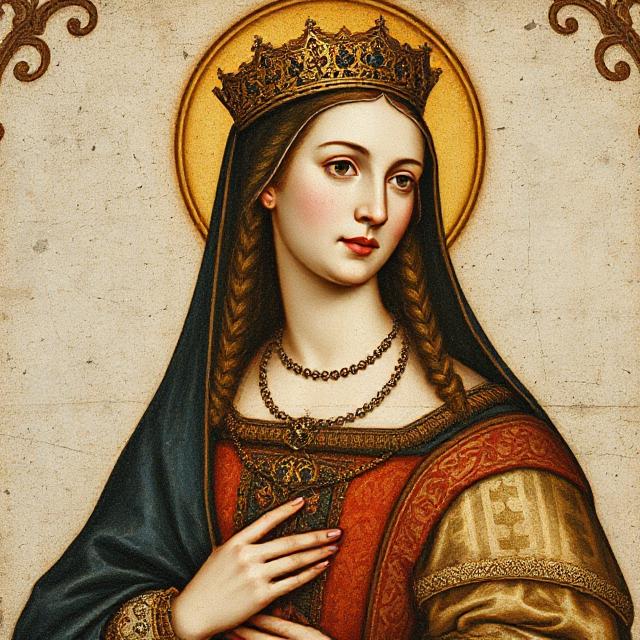
- Queen Isabella I of Castile was a driving force behind the Age of Exploration, providing vital support for Christopher Columbus’s voyages and other exploratory missions. Her vision and sponsorship were instrumental in enabling Spain’s expansion into the New World and establishing the foundations of its global empire.
The story of the Spanish conquistadors is neither simple nor one-sided. Their actions shaped the Americas and left an indelible mark on global history that continues to be studied, celebrated, and scrutinized. For history enthusiasts, examining the duality of their legacy serves as a powerful reminder of humanity’s capacity for both brilliance and destruction.
Like this article? Discover more at Classic Historia for a deeper exploration into the past that has shaped our world.



